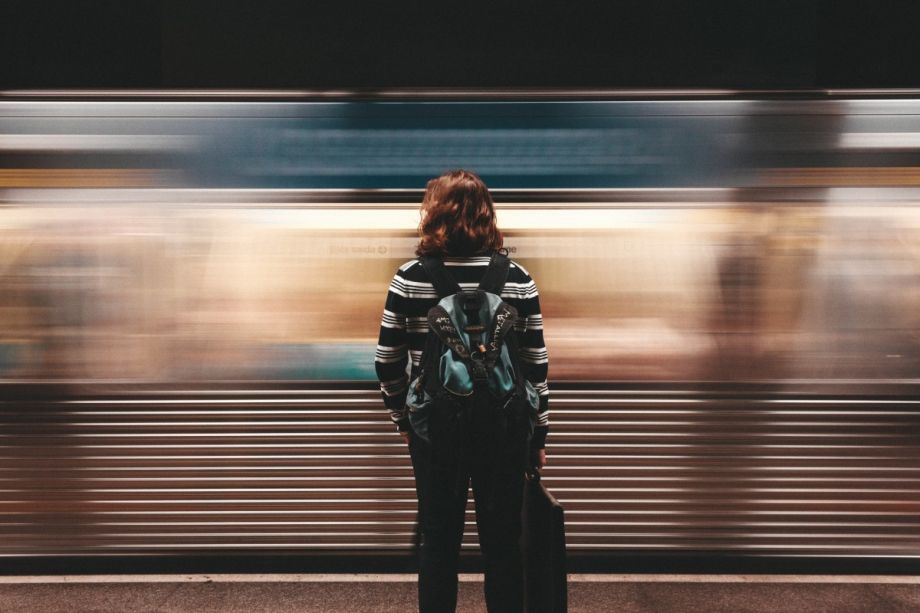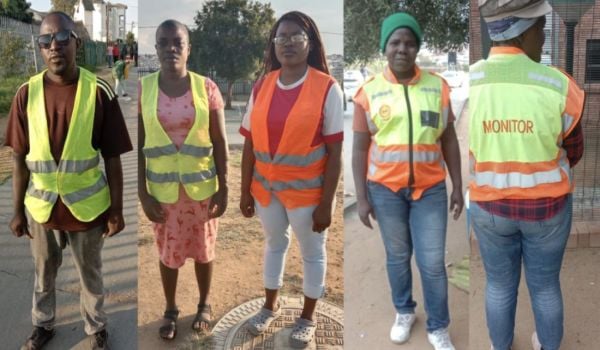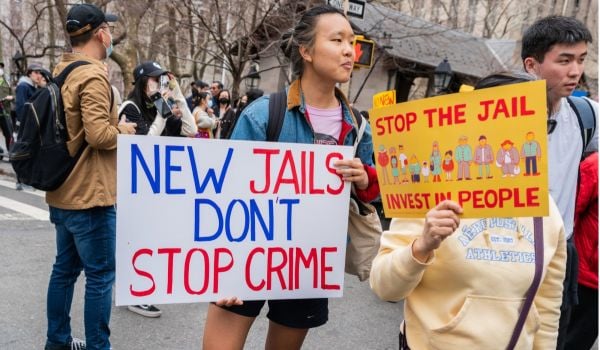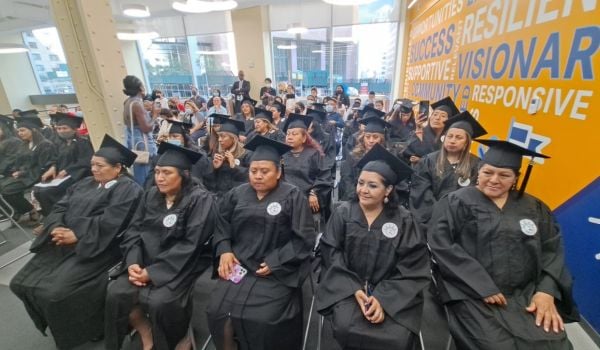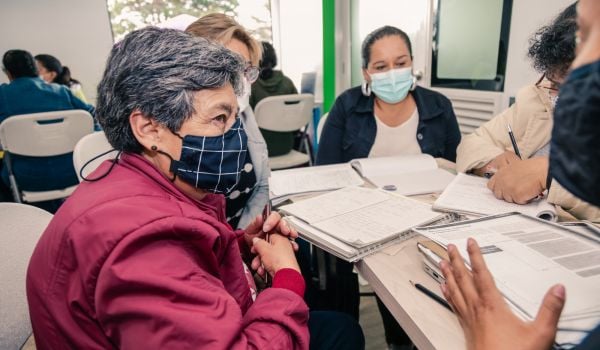A woman traveling, whether walking on the street or using public transportation, faces a near-constant threat of sexual violence — harassment, assault, or rape. The learning and reckoning of the #MeToo movement present an important opportunity for society to think critically about how the forces that govern public transportation systems perpetuate fear and sexual violence.
Allegations of sexual misconduct have bombarded us in the news, painting an unquestionable picture of the pervasiveness of this type of violence, but the spotlight has been primarily on individual abuses of power in the workplace. There has been much less focus on the daily acts of violence against women in the public spaces that we learn to navigate, quietly and anonymously, from an early age. For the most marginalized women this threat is even more acute and influences their daily movements: how they choose to travel, at what time of day, and with whom. A woman’s ability to move freely and safely in her city has important implications for her own agency, and for gender equity as a whole.
While living and studying in Santiago, Chile, last year, I spoke with more than 400 female college students about their experiences with sexual violence while traveling on public transit and what they believe would make their city’s system safer. The survey data that I collected paint a picture of a violent public space — 90.4 percent of the respondents that I talked to had either been victims of or witnesses to sexual violence while traveling on public transportation in the city. Similar results have been found through surveys in Washington, D.C., New York City, and Mexico City, among others. These studies demonstrate both the prevalence of sexual violence on transit systems and how the effects of this violence spill over into every segment of society.
Cities worldwide are working to make their public transportation systems safer for women. Effective solutions have taken three different, but interrelated, approaches: investing in transport infrastructure, easing the process of filing a complaint, and raising public awareness.
Improvement in transport infrastructure should not be considered independently of women’s safety. There is a clear connection between the quality of public transportation infrastructure and a woman’s perception of (in)security and safety. Improving the quality of the city’s infrastructure can include a broad range of initiatives, from ensuring that public buses run according to schedule to lighting near bus stops and on train platforms. The Inter-American Development Bank (IDB) found that the higher the compliance with the transport schedule or the less congested the transport, the lower the probability that a woman will be a victim of a crime.
Research has also shown that women tend to hesitate before reporting a crime of sexual violence that occurs on public transport because the aggressor is more often than not unidentified and the reporting process is often complicated, which can be both physically and emotionally taxing for the survivor. Transport systems have taken advantage of new technologies, from anonymous texting services to apps that connect citizens to the police system, in order to facilitate the process of filing an official complaint of sexual violence. This approach requires developing a participatory mindset — empowering all involved, from bus drivers and operators to police and bystanders, to play a role in confronting issues of sexual violence. Creating shared responsibility for reporting can go a long way in reducing a woman’s fear of being alone in incidents of violence, especially in spaces where women hold very little power.
Finally, raising public awareness about how the experience of a woman traveling in a city is unique from that of a man is crucial and can have a significant impact on the likelihood that a woman will file an official report. An awareness campaign by WMATA in partnership with local organizations focused on motivating victims of harassment to report those incidents to authorities. The PSAs made an impact; among harassed persons surveyed, those who saw the ads were twice as likely to report an incident as those who did not. Transport systems need to revolutionize how they both talk and teach about these issues, which will, in turn, transform citizens’ interactions with the public space.
Patriarchal power structures govern not only relationships between people, but also interactions between people and space. It is the responsibility of citizens, policymakers, planners, and all those fighting for gender equity to recognize the power that spaces, from workplaces to public buses, have on a woman’s safety, and to make the changes necessary to ensure the security of these spaces. It is through a recognition of the ubiquity of sexual violence in the lives of all women — not only amongst those interacting directly with the most powerful — and an understanding of how public spaces, including transit systems, can perpetuate structures of violence against women, that we will be able to build more inclusive cities.
Cities can and should take on the responsibility of making their public transportation systems safer for women, focusing not only on an individual’s specific travel experience, but on the implications that the prevalence of sexual violence has on society-wide issues of mobility and gender equity
Listen to women, believe their stories, and incorporate them into spaces and systems of power. Only then will cities become truly equal.

Jana Korn is a senior at the University of Pennsylvania majoring in Urban Studies and minoring in Economics and Hispanic Studies. Originally from Washington D.C., she is interested in the interactions between people and the urban built environment, especially in the ways in which women and other marginalized communities experience cities differently. At school and in the city of Philadelphia, she is actively involved with local and campus politics, and is passionate about organizing for progressive change.
Follow Jana .(JavaScript must be enabled to view this email address)

